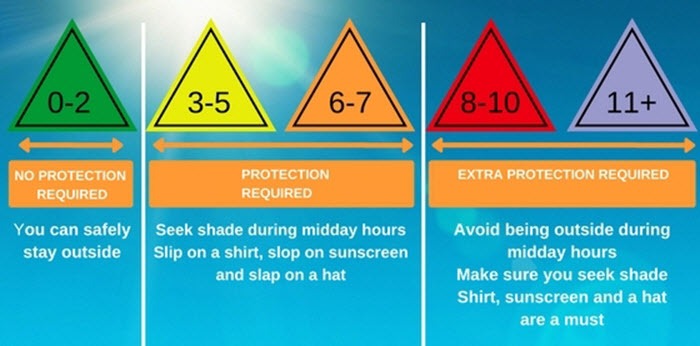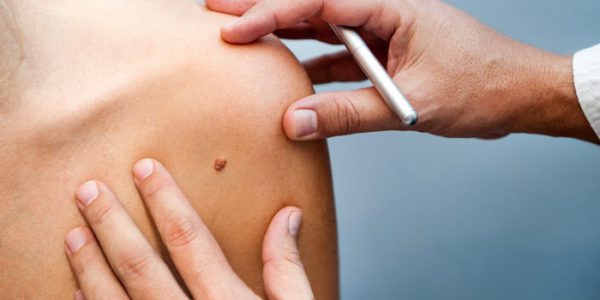
Be UV aware this summer
As UV levels are expected to hit their highest in Northern Ireland next month (June), the Public Health Agency (PHA)... Read More


UV Index chart
Do you know that the UV index tells you how strong the sun is? Greater awareness of the UV index and how it relates to the need for sun safety even in our cool, changeable climate will help you protect your skin, allowing you to have fun in the sun.
With this in mind, the Public Health Agency (PHA) and Cancer Focus Northern Ireland are encouraging everyone to learn more about the UV index.
A recent survey showed that eight out of 10 local people were aware of the UV index but were unclear about what it meant or how it could help them protect their skin from overexposure to harmful UV rays from the sun.
Dr Miriam McCarthy, Consultant in Public Health Medicine at the PHA, said: “The UV index is a measure of the level of ultra violet radiation reaching us from the sun each day. During the summer we can use it to indicate how quickly our skin and eyes can be damaged by the sun when we are spending time outdoors.”
The UV index was developed by the World Health Organization and has a scale of 0 to 11+, and is a much more accurate way of determining your risk of burning than relying on just the air temperature or weather conditions.â€
Marbeth Ferguson, Skin Cancer Prevention Co-ordinator at Cancer Focus NI, said: “When the UV index is three or greater, we need to take steps to protect our skin from over-exposure to UV rays from the sun.”
From April to September in Northern Ireland, the UV index reaches this level on most days, even on breezy or cloudy days, especially around the middle of the day from 11am to 3pm when the sun’s rays are strongest.
The UV index here can be as high as seven or eight, particularly around the summer solstice in June.
To help inform people about local UV index levels over the summer months, a range of local organisations including councils and employers are sharing their UV meter readings and relevant sun safety advice with their staff and service users.
“We hope this will encourage everyone to enjoy the sun safely both at home and abroad this summer.”
Top tips for taking care of your skin and eyes in the sun are:
To find out more about the UV index and how it helps you know when to protect your skin visit www.careinthesun.org/skin-cancer/solar-uv-index/ You can access UV index readings wherever you are via the British Association of Dermatologist’s World UV App http://www.bad.org.uk/for-the-public/sun-awareness-campaign/world-uv-app
If you are concerned about skin cancer you can call the Cancer Focus NI free information and support Nurseline on 0800 783 3339 or email one of the charity’s nurses on [email protected]

As UV levels are expected to hit their highest in Northern Ireland next month (June), the Public Health Agency (PHA)... Read More

This Sun Awareness Week [May 3-9] the Public Health Agency (PHA) and Cancer Focus Northern Ireland are encouraging people to... Read More

There is no excerpt because this is a protected post.... Read More